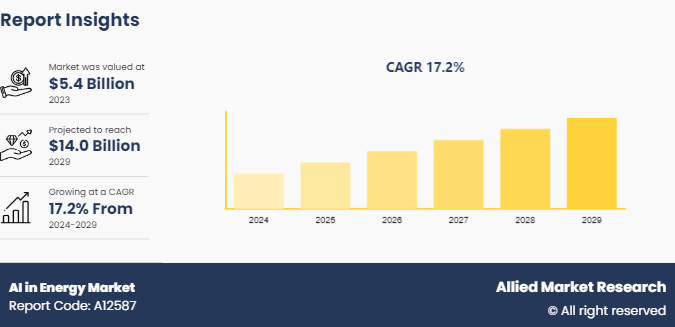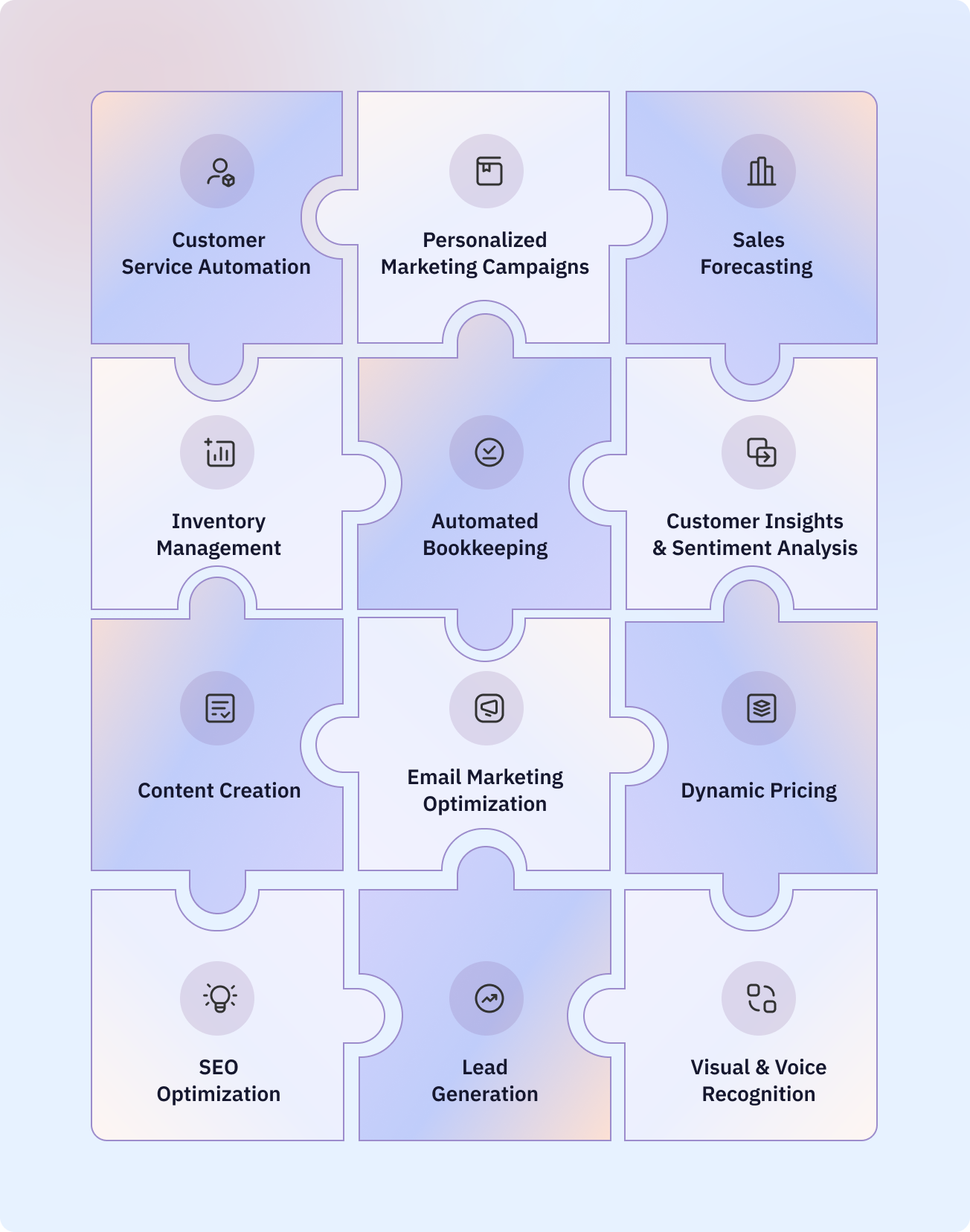Did you know that your morning coffee could predict market trends? That's right—sentiment analysis digs deep into consumer emotions to forecast market movements. In this article, we'll explore how sentiment analysis applies to market trends, its techniques, and how businesses can leverage it for accurate predictions. We’ll discuss the impact of social media and customer reviews, the tools you can use, and the limitations of this approach. Additionally, we’ll look at industry applications, effective data sources, and how sentiment analysis can be integrated into existing research methods. With insights from case studies and a glimpse into the future, you'll discover how DayTradingBusiness can help you utilize sentiment analysis to enhance your trading strategies and stay competitive in the market.
What is sentiment analysis and how does it apply to market trends?
Sentiment analysis is the process of evaluating text data to determine the emotional tone behind it, often categorizing it as positive, negative, or neutral. In market trends, it applies by analyzing consumer opinions from social media, reviews, and news to gauge public sentiment about products or brands. This insight helps businesses predict market movements, identify potential consumer behavior shifts, and tailor marketing strategies accordingly. For example, a surge in positive sentiment about a tech product could indicate rising sales, prompting companies to increase production or adjust pricing.
How can businesses leverage sentiment analysis for market predictions?
Businesses can leverage sentiment analysis to predict market trends by analyzing customer opinions and emotions expressed in social media, reviews, and surveys. By tracking sentiment changes over time, companies can identify shifts in consumer preferences and emerging trends. For example, a sudden increase in positive sentiment towards a product can indicate rising demand, prompting businesses to adjust inventory or marketing strategies. Additionally, sentiment analysis can highlight potential issues, allowing companies to proactively address concerns before they impact sales. Ultimately, integrating sentiment analysis into market research enhances decision-making and helps businesses stay ahead of competitors.
What are the main techniques used in sentiment analysis?
The main techniques used in sentiment analysis include:
1. Lexicon-Based Approaches: Utilizing predefined lists of words with associated sentiment scores to gauge the overall sentiment of a text.
2. Machine Learning: Training models on labeled datasets to classify sentiment. Common algorithms include Support Vector Machines, Naive Bayes, and Neural Networks.
3. Natural Language Processing (NLP): Applying techniques like tokenization and part-of-speech tagging to analyze text structure and meaning.
4. Deep Learning: Using advanced architectures like LSTM and Transformers to capture complex patterns in sentiment from large datasets.
5. Rule-Based Methods: Implementing specific rules to detect sentiment based on context, negations, and modifiers.
These techniques help identify consumer opinions and trends that can predict market movements effectively.
How does social media sentiment impact market trends?
Social media sentiment significantly influences market trends by reflecting public opinion and consumer behavior. Positive sentiment can drive stock prices up as investors anticipate increased demand, while negative sentiment may lead to declines due to fear of lower sales. Companies often monitor social media for trends, using sentiment analysis to gauge public reaction to products or news. This data helps them make strategic decisions, impacting their market position. Overall, sentiment analysis serves as a valuable tool for predicting market movements based on collective consumer feelings.
What role do customer reviews play in sentiment analysis?
Customer reviews are crucial in sentiment analysis as they provide real-time insights into consumer opinions and feelings about products or services. By analyzing the language and tone in these reviews, businesses can gauge overall sentiment—positive, negative, or neutral. This data helps predict market trends by identifying shifts in consumer preferences and satisfaction levels. For example, a surge in positive reviews may indicate an emerging trend, while increasing negative feedback can signal potential issues or declining interest. Thus, sentiment analysis of customer reviews serves as a vital tool for understanding market dynamics and making informed business decisions.
How can sentiment analysis enhance stock market predictions?
Sentiment analysis can enhance stock market predictions by evaluating public sentiment from news articles, social media, and financial reports. By identifying positive or negative emotions related to specific stocks or the market overall, it helps investors gauge potential market movements. For example, a surge in positive sentiment around a company may indicate rising stock prices, while negative sentiment could signal declines. This real-time data allows traders to make informed decisions, adapt strategies quickly, and anticipate market trends more accurately.
What tools are best for performing sentiment analysis on market data?
The best tools for performing sentiment analysis on market data include:
1. Natural Language Toolkit (NLTK) – A powerful Python library for text processing and sentiment analysis.
2. VADER (Valence Aware Dictionary and sEntiment Reasoner) – Ideal for social media texts; it provides real-time sentiment analysis.
3. TextBlob – Simple to use for basic sentiment analysis and can handle multiple languages.
4. Lexalytics – A comprehensive platform that offers advanced sentiment analysis tailored for market data.
5. MonkeyLearn – A user-friendly tool with customizable models for sentiment analysis on various data types.
6. Google Cloud Natural Language API – Offers robust sentiment analysis capabilities integrated with other Google services.
Choose based on your specific needs: complexity, volume of data, or ease of use.
How can sentiment analysis help in understanding consumer behavior?

Sentiment analysis helps understand consumer behavior by evaluating emotions in customer feedback, reviews, and social media interactions. By analyzing positive, negative, or neutral sentiments, businesses can identify trends in consumer preferences and purchasing decisions. For example, a surge in positive sentiment towards a product can signal an increasing demand, while negative sentiment can highlight areas for improvement. This data-driven insight allows companies to adapt marketing strategies, forecast market trends, and enhance customer satisfaction. In essence, sentiment analysis translates consumer feelings into actionable insights that drive business success.
What are the limitations of using sentiment analysis for market predictions?
Sentiment analysis has several limitations for market predictions. First, it often relies on social media and news data, which can be noisy and subjective. Misinterpretation of sarcasm or context can skew results. Second, it may not capture sudden market shifts or events that influence sentiment in real-time. Third, sentiment analysis typically lacks historical context, making it harder to predict long-term trends. Finally, it can be biased by the demographics of the data sources, leading to skewed insights.
How do different industries utilize sentiment analysis for trend forecasting?

Different industries use sentiment analysis to forecast market trends in various ways.
1. Retail: Brands analyze customer reviews and social media posts to gauge product sentiment, adjusting inventory and marketing strategies based on positive or negative feedback.
2. Finance: Investors use sentiment analysis on news articles and social media to predict stock movements, identifying bullish or bearish trends before they fully materialize.
3. Healthcare: Companies monitor patient feedback and public sentiment regarding treatments to anticipate shifts in demand for certain drugs or services.
4. Travel and Hospitality: Businesses analyze traveler reviews to identify emerging preferences, allowing them to tailor offerings or promotions to meet evolving customer desires.
5. Technology: Firms track sentiment around product launches to refine their strategies, ensuring they align with consumer expectations and preferences.
Overall, sentiment analysis provides actionable insights that help industries adapt to changing market dynamics.
What data sources are most effective for sentiment analysis?
The most effective data sources for sentiment analysis include social media platforms (like Twitter and Facebook), online reviews (from sites such as Yelp and Amazon), news articles, blogs, and forums. Additionally, financial reports and earnings calls can provide valuable insights. Combining these sources can enhance the accuracy of sentiment predictions for market trends.
How can sentiment analysis be integrated into existing market research methods?
Integrate sentiment analysis into market research by combining it with traditional survey methods. Use social media listening tools to capture real-time customer opinions on products. Analyze customer reviews and feedback alongside quantitative data to identify trends. Implement sentiment analysis algorithms to gauge public mood and preferences, enhancing focus groups and interviews with deeper insights. Regularly track sentiment over time to anticipate shifts in market trends and consumer behavior.
What are some case studies showcasing successful sentiment analysis in markets?
1. Twitter Sentiment and Stock Prices: A study by Bollen et al. analyzed Twitter sentiment about the U.S. stock market. They found that positive sentiment correlated with rising stock prices, allowing investors to predict market trends effectively.
2. Reddit and Cryptocurrency: Researchers examined sentiment from Reddit posts about Bitcoin. They discovered that positive sentiment often preceded price increases, showing how community discussions can influence crypto markets.
3. Amazon Reviews and Sales Forecasting: A case study on Amazon used sentiment analysis of product reviews to predict sales. Positive reviews led to increased sales, demonstrating how consumer sentiment directly impacts market trends.
4. Financial News Impact: A study focused on financial news articles and their sentiment. It found that negative news sentiment often predicted declines in stock prices, helping traders make informed decisions.
5. Airlines and Customer Sentiment: Delta Air Lines analyzed social media sentiment to gauge customer satisfaction. Improved sentiment led to higher booking rates, illustrating how sentiment analysis can impact market performance in the travel sector.
How does sentiment analysis differ from traditional market analysis?
Sentiment analysis focuses on gauging public opinion and emotions from social media, reviews, and news, while traditional market analysis relies on quantitative data like sales figures and market trends. Sentiment analysis captures real-time consumer feelings, providing insights into potential market shifts before they appear in sales data. Traditional analysis is often retrospective, analyzing past performance rather than predicting future behavior based on current sentiments. In essence, sentiment analysis offers a qualitative layer that complements the quantitative insights of traditional market analysis.
What is the future of sentiment analysis in predicting market trends?
The future of sentiment analysis in predicting market trends lies in its growing sophistication and integration with AI. Advanced algorithms will analyze vast amounts of social media, news articles, and financial reports to gauge public sentiment. This data will enhance predictive models, allowing investors to anticipate market movements more accurately. Real-time sentiment tracking will enable quick decision-making, responding to shifts in consumer feelings. Moreover, combining sentiment analysis with other data sources, like economic indicators, will provide deeper insights. As technology evolves, sentiment analysis will become a crucial tool for investors aiming to stay ahead of market trends.
How can small businesses use sentiment analysis to stay competitive?

Small businesses can use sentiment analysis to monitor customer feedback on social media, reviews, and surveys. By analyzing this data, they can identify trends in customer preferences and pain points. For example, if sentiment analysis reveals growing dissatisfaction with a product feature, the business can pivot quickly to address it. Additionally, tracking competitor sentiment allows small businesses to adjust their marketing strategies accordingly. Regularly using sentiment analysis helps them remain agile, optimize customer experiences, and ultimately stay competitive in the market.
Learn about How to Use Sentiment Analysis in Day Trading
Conclusion about Using Sentiment Analysis to Predict Market Trends
Incorporating sentiment analysis into market trend predictions offers a powerful tool for traders and businesses alike. By understanding consumer emotions and perceptions through social media and customer reviews, market participants can gain a competitive edge. While there are limitations to consider, the integration of advanced tools and techniques can significantly enhance forecasting accuracy. As industries continue to evolve, leveraging sentiment analysis will be crucial for staying ahead of market dynamics. For those looking to deepen their knowledge and application of these insights, DayTradingBusiness provides the resources needed to navigate this complex landscape effectively.
Learn about Using Order Flow to Predict Market Trends in Day Trading